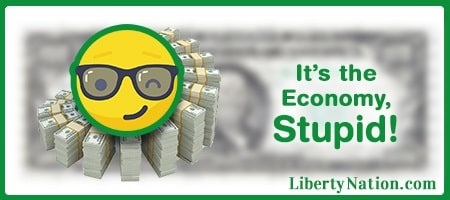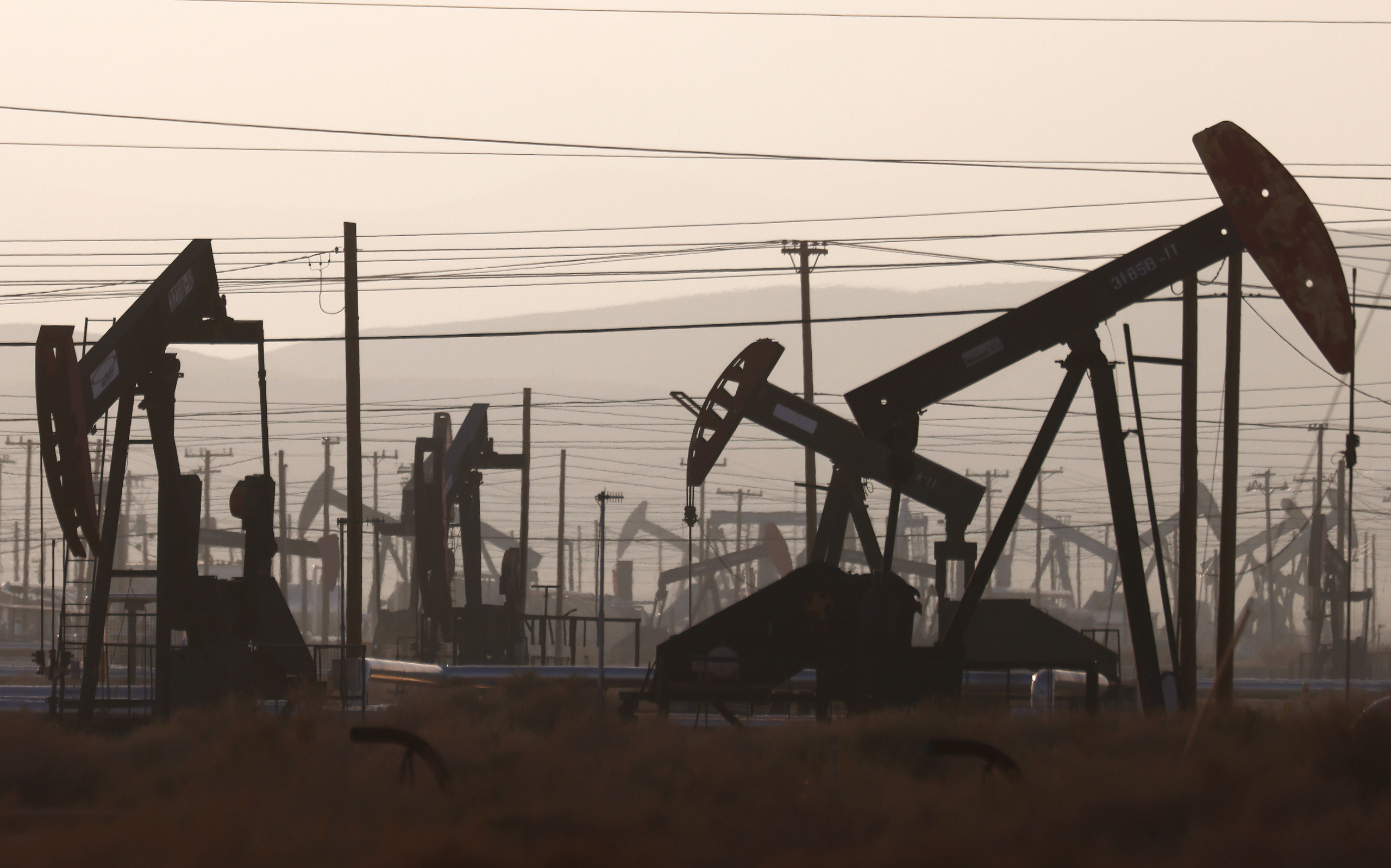President Joe Biden confirmed on Nov. 23 that his government will tap the Strategic Petroleum Reserve (SPR) as part of a multilateral effort to stop the rapid rise in fuel prices. In total, the U.S. will release 50 million barrels over the next several months, but the first few barrels will hit the market 13 days after the president signs the order.
“The President stands ready to take additional action, if needed, and is prepared to use his full authorities working in coordination with the rest of the world to maintain adequate supply as we exit the pandemic,” the White House said in a statement.
 Since the Biden administration has failed to convince the Organization of the Petroleum Exporting Countries (OPEC) and its allies, OPEC+, to increase output, the president and his team need to toss a Hail Mary ahead of next year’s midterm elections. Energy Secretary Jennifer Granholm stated that these mechanisms are part of the overall efforts “to bring down costs for working families and to continue our economic recovery.”
Since the Biden administration has failed to convince the Organization of the Petroleum Exporting Countries (OPEC) and its allies, OPEC+, to increase output, the president and his team need to toss a Hail Mary ahead of next year’s midterm elections. Energy Secretary Jennifer Granholm stated that these mechanisms are part of the overall efforts “to bring down costs for working families and to continue our economic recovery.”
Crude oil prices have taken a significant breather in recent sessions. West Texas Intermediate (WTI) and Brent contracts have shed about 5%. Is this the end of the bull run in black gold? Is this a correction after the meteoric surge in October? Right now, it is all about public policy pursuits of advanced economies attempting to alleviate the energy crisis and putting a dent in the swelling price inflation seen throughout the planet by tapping into stockpiles. Whether Old Man Winter will be a bit more tolerable or not remains to be seen as families contend with sky-high fuel prices.
Udon Know Japan is Saving You Money
The Japanese government is considering a plan to release crude oil from its strategic reserves, sources tell Reuters. Tokyo may try to overcome a legal hurdle that states the government can only release crude from its stockpiles in the event of a natural disaster or shortage. Local reports suggest that officials are attempting to use a loophole in the law because, according to an individual close to the situation, “We have no choice but to come up with something.”
“We’re proceeding with consideration as to what we can do legally on the premise that Japan will coordinate with the United States and other countries concerned,” Prime Minister Fumio Kishida told the press. “We want to draw a conclusion after thoroughly considering the situation each country faces and what Japan can do.”

(Photo by Mario Tama/Getty Images)
Indeed, the United States and China have discussed injecting global energy markets with more supply to douse the red-hot sector. The National Food and Strategic Reserves Administration revealed that it is working on loosening the taps to fight soaring oil and gas costs. In September, Beijing hosted its first public auction of state crude oil reserves to a small number of selected domestic refiners. The event consisted of more than seven million barrels of crude oil, most of which had been imported from the Middle East. This has been a part of the government’s broader strategy to rein in soaring commodity prices, including aluminum, copper, and coal.
The Chinese government does not publish the official size of its crude reserves. But, considering how much crude the world’s second-largest economy has purchased in recent years, it is safe to say that it is sitting on a handsome sum. The closest estimate came in 2017 when the National Bureau of Statistics (NBS) noted that national reserves are more than 280 million barrels.
In addition to China, President Biden has requested India and South Korea to tap into their crude supplies. But some industry observers, like Troy Vincent, a market analyst at DTN, believe that “an SPR release could easily backfire.” Would additional supply ease soaring price growth? Temporarily, yes. Long-term, not quite.
Everything Will Be Oilright?
Indeed, touching the rainy-day oil fund will help curb price inflation almost immediately. Unfortunately, it will only exacerbate the problem in the long run and eventually add to the energy crisis. So, right now, the oil, coal, and natural gas boom is happening because global consumption is intensifying, and supply and output have failed to meet demand.
Suffice it to say, it is basic economics. Now that the Oval Office will pull the trigger on releasing crude from the SPR, the measure will artificially lower prices. This will result in escalating demand and tightening supplies. Moreover, manipulated lower prices will discourage production and exploration among large and small oil and gas firms, enhancing the deficit in international markets.
This also gives the oil cartel significantly more power on the geopolitical front, as long as it bides its time. Clearly, OPEC will be unlikely to ramp up production, particularly as the members try to scratch and claw their way out of COVID-related debt. If countries are releasing tens of millions of barrels from their petroleum reserves, and only lowering crude prices for a couple of months, there will be shrinking inventories. This extends OPEC the advantage.
Make Fossil Fuels Great Again
The United States only produces approximately 11.1 million barrels per day, down from more than 13 million barrels a day before the coronavirus pandemic. This is due to President Biden’s policy actions, like canceling the Keystone XL pipeline and restricting oil and natural gas leasing on public land and water. It should be noted that the administration recently auctioned 80 million acres in the Gulf of Mexico for drilling, tergiversating on his environmental campaign pledges. Can Big Oil, which is constantly under assault by the leadership, rescue America from climbing energy prices? It might all depend on politics – at home and overseas.
~ Read more from Andrew Moran.



